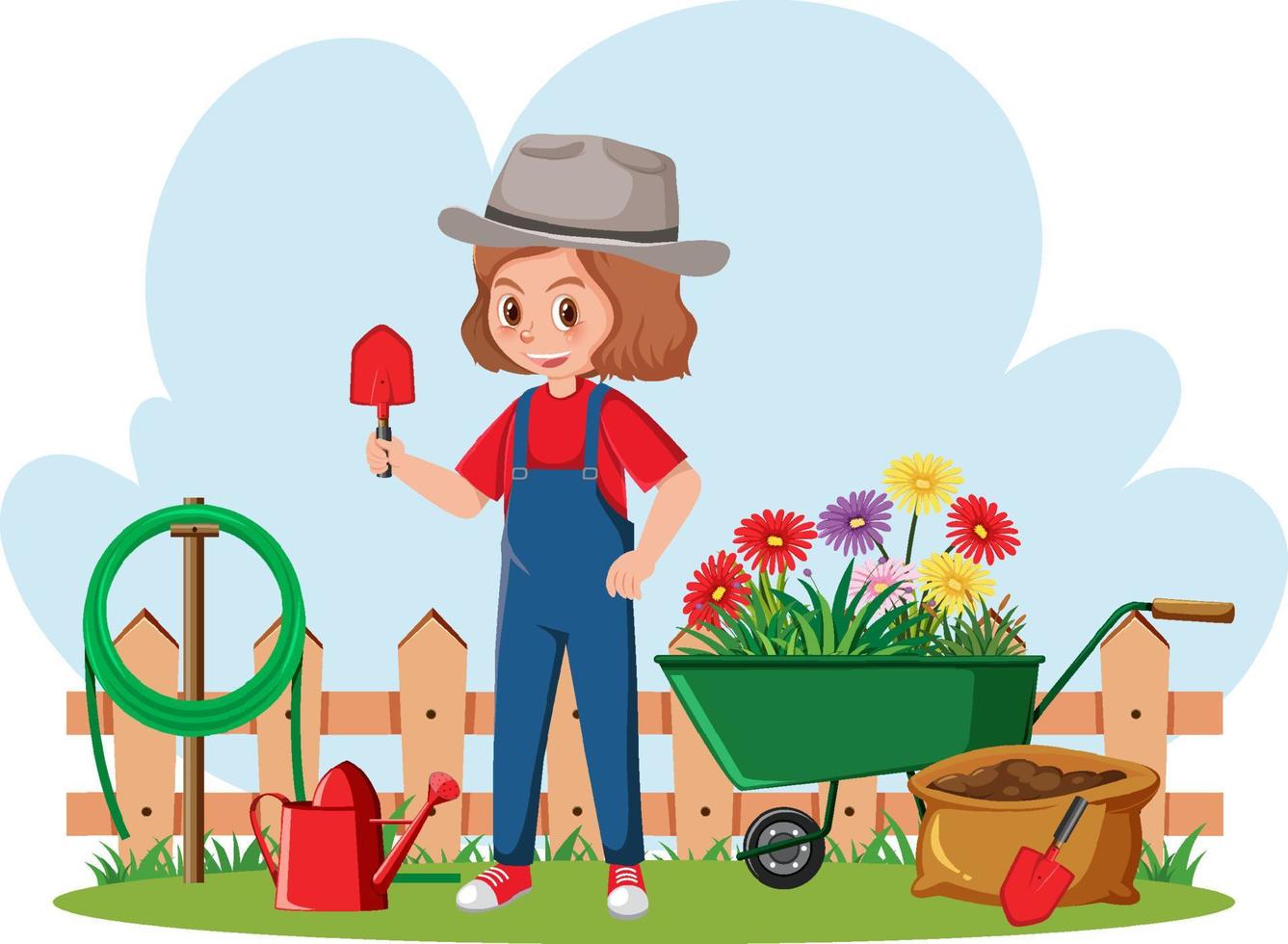From Amateur to Eco-friendly Thumb: A Step-by-Step Journey With the Art of Horticulture

Understanding Your Horticulture Area
To begin your gardening trip, it is crucial to recognize the one-of-a-kind attributes and limitations of your horticulture area. Take a moment to observe your environments. Is your area small or huge? Is it exposed to full sun or does it receive partial color? Are there any kind of particular obstacles you may encounter, such as bad dirt high quality or limited water accessibility? Understanding these variables will aid you make informed decisions about the sorts of plants that will certainly grow in your space.
Consider the size of your horticulture area. You might require to focus on container gardening or vertical horticulture to maximize your growing area if you have a little room. On the various other hand, if you have a huge space, you have the luxury of planting a range of plants and developing various areas within your garden.
Next, examine the quantity of sunshine your room obtains. This will certainly identify which plants will grow and which ones might battle. You can decide for shade-loving plants like brushes or hostas if your room is shaded. If your room obtains complete sunlight, you can expand a variety of plants, including vegetables, herbs, and blossoms.
Lastly, consider any obstacles or constraints certain to your space. You might need to amend it with compost or choose plants that are forgiving of less-than-ideal conditions if your soil top quality is inadequate. You can opt for drought-tolerant plants or implement water-saving methods like mulching. if water is scarce.
Picking the Right Plants for Your Yard
Select plants that are well-suited to your yard's distinct problems and your individual choices. When choosing plants for your garden, it is important to consider aspects such as sunshine, dirt type, and climate. Some plants prefer well-drained dirt, while others grow in clay-like or damp soil.
An additional important element to think about is your individual choice. Do you favor a garden full of vibrant blossoms, or are you a lot more interested in growing herbs and vegetables? Consider the objective you desire your yard to offer and the aesthetic you intend to attain. It's also worth taking into consideration the maintenance level of the plants you choose. Some plants require more care and attention, while others are a lot more low-maintenance.
Preparing the Dirt for Growing
First, analyze the problem of your dirt to figure out if any kind of renovations or modifications are required. The high quality of your soil is essential for the success of your yard. Begin by checking the texture of the dirt. Is it sandy, fertile, or clayey? Sandy soil drains rapidly, while clayey soil retains water. Fertile dirt is the optimal balance between the two. Next off, inspect the pH level of your dirt. The majority of plants favor a slightly acidic to neutral pH, around 6.0 to 7.0. You might require to change it using dirt changes such as lime or sulfur if your soil is too acidic or alkaline. In addition, you must think about the nutrient web content of your soil. Conduct a soil test to identify if any kind of crucial nutrients are lacking. This will certainly assist you decide which plant foods or natural matter to add. Make sure that your soil is well-draining. Improperly drained pipes soil can lead to water logged origins and other plant wellness problems. If required, boost drainage by including natural matter like garden compost or peat moss. By evaluating and making essential modifications to your soil, you can produce an optimum environment for your plants to prosper.
Nurturing and Preserving Your Yard
Make certain to water your plants deeply, enabling the water to penetrate the dirt and reach the roots. Regular weeding is additionally essential to maintain your garden cost-free from unwanted plants that complete for nutrients and room. Regularly inspect your plants for any type of signs of invasion or illness and take instant activity to avoid more damage.
Troubleshooting Common Horticulture Issues
If you see eaten leaves or plants that are shriveling for no noticeable reason, you might you could try here have a bug infestation. If your plants have actually yellow or tarnished leaves, they might not be getting enough nutrients. Read Full Report Eliminate affected plants and deal with the remaining ones with natural fungicides or pesticides.
Final Thought
Congratulations! You have effectively finished the journey from newbie to green thumb in the art of horticulture. By understanding your horticulture room, choosing the right plants, preparing the dirt, and supporting your garden, you have gotten rid of common gardening concerns like a pro. Now, armed with understanding and experience, you prepare to delight in the appeal and wealth of your growing garden. Maintain the magnum opus and remain to cultivate your environment-friendly thumb!

When picking plants for your garden, it is important to take see this page into consideration aspects such as sunshine, soil kind, and climate. Some plants prefer well-drained dirt, while others flourish in moist or clay-like soil (newbie gardening). By comprehending your horticulture room, picking the right plants, preparing the soil, and supporting your garden, you have gotten over common horticulture problems like a pro